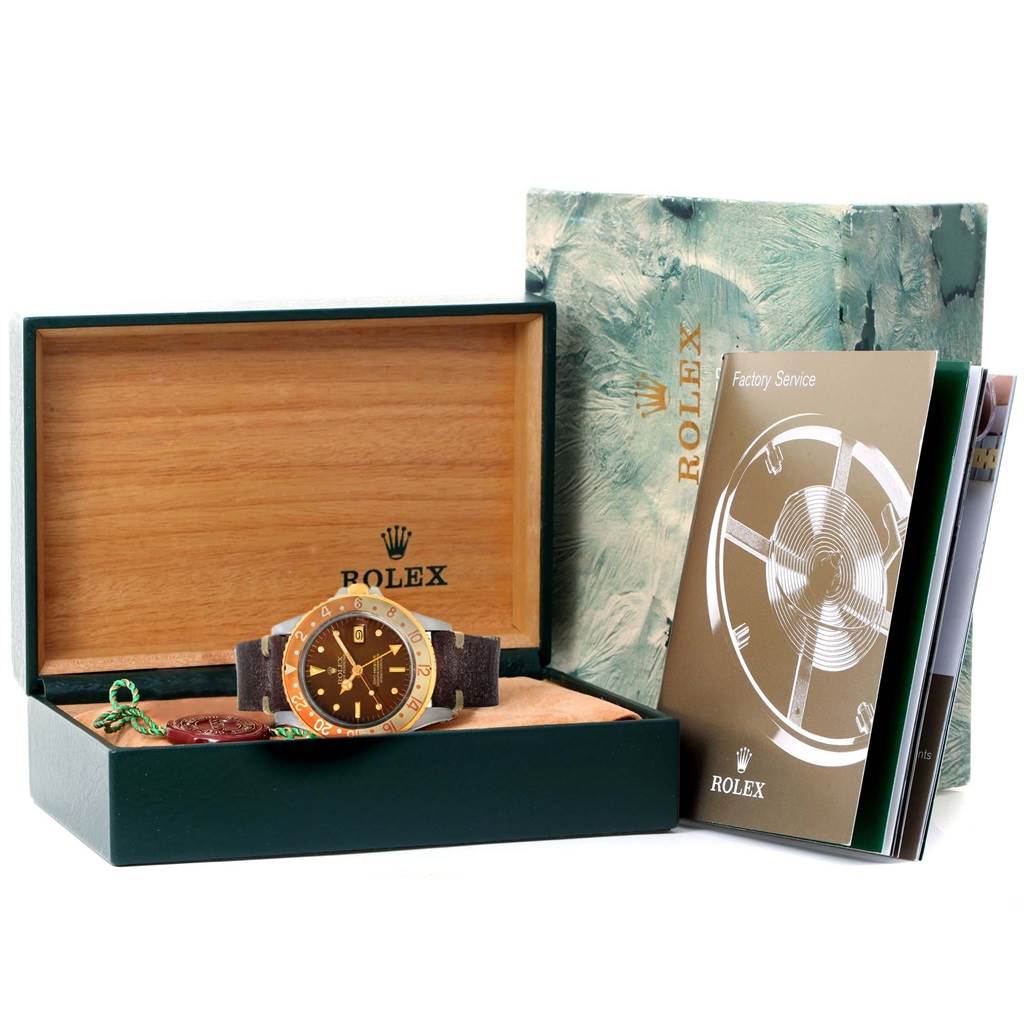Embarking on a new series on Fratello, we delve into Back to Basics, aiming to elucidate the fundamentals of our shared passion. While the inquiry into why replica watches command such a high price seems rudimentary, the answer, quite paradoxically, is anyt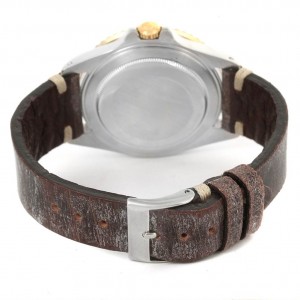
Mechanical watches need not inherently be expensive. Indeed, functional timepieces can be procured for under €100, exemplified by the automatic Seiko 5 starting at €169 in the Netherlands, with diver’s variants like the ref. SRPK31 retailing at €350. Yet, the landscape becomes more intricate when considering mechanical watches priced in the thousands.
Why the substantial variance? Are costlier watches truly superior? Initial expectations of heightened accuracy upon transitioning from quartz to mechanical may falter, revealing a nuanced reality. While pricier models may indeed offer enhanced precision, the cost disparity isn’t commensurate with the manufacturing expenses.
Vertical integration emerges as a pivotal factor. Brands opting for full autonomy, from raw materials to finished product, incur elevated costs. This contrasts with those sourcing components externally, a practice prevalent across the industry spectrum. The allure of “in-house” movements lies in their embodiment of a brand’s ethos, albeit with instances of misrepresentation muddying the waters.
Customization further amplifies costs, a facet epitomized in the microbrand arena. Unlike assembly from off-the-shelf parts, bespoke design necessitates considerable investment in development and tooling. The resultant premiums reflect a commitment to refinement appreciated by discerning enthusiasts.
Handcrafted elements imbue watches with a distinct allure, albeit at a premium. Skilled artisans bestow intricate finishes and intricate detailing, enriching each timepiece with a tangible sense of artistry and heritage.
Contrary to common perception, material costs often pale in comparison to craftsmanship expenses. While certain exceptions, like Rado’s in-house production of ceramic cases, highlight the value of proprietary manufacturing, the essence of luxury lies beyond mere materiality.
Branding undeniably influences pricing, with established names commanding premiums reflective of their heritage and prestige. While branding incurs costs, it also engenders value retention and recognition – a consideration for aficionados seeking enduring investments.
The cost of a mechanical watch transcends a singular rationale, encompassing myriad variables often imperceptible to the casual observer. Ultimately, the worth of a timepiece lies in the eye of the beholder, shaped by personal preferences and perceptions.hing but simple. Nonetheless, this inaugural piece endeavors to demystify the matter. 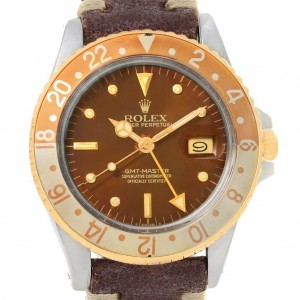
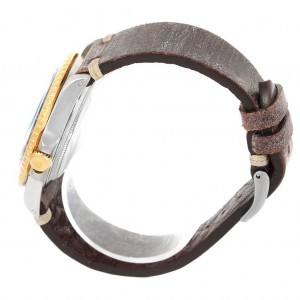
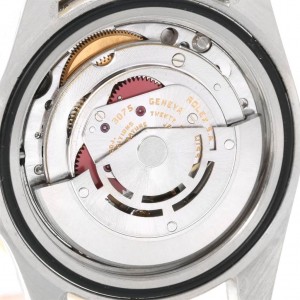
Navigating the replica watch world entails a multidimensional appreciation, extending beyond technical specifications to embrace intangible qualities like design aesthetics and heritage. In this realm, value assumes subjective dimensions, inviting enthusiasts to explore the intrinsic allure of horological craftsmanship.
